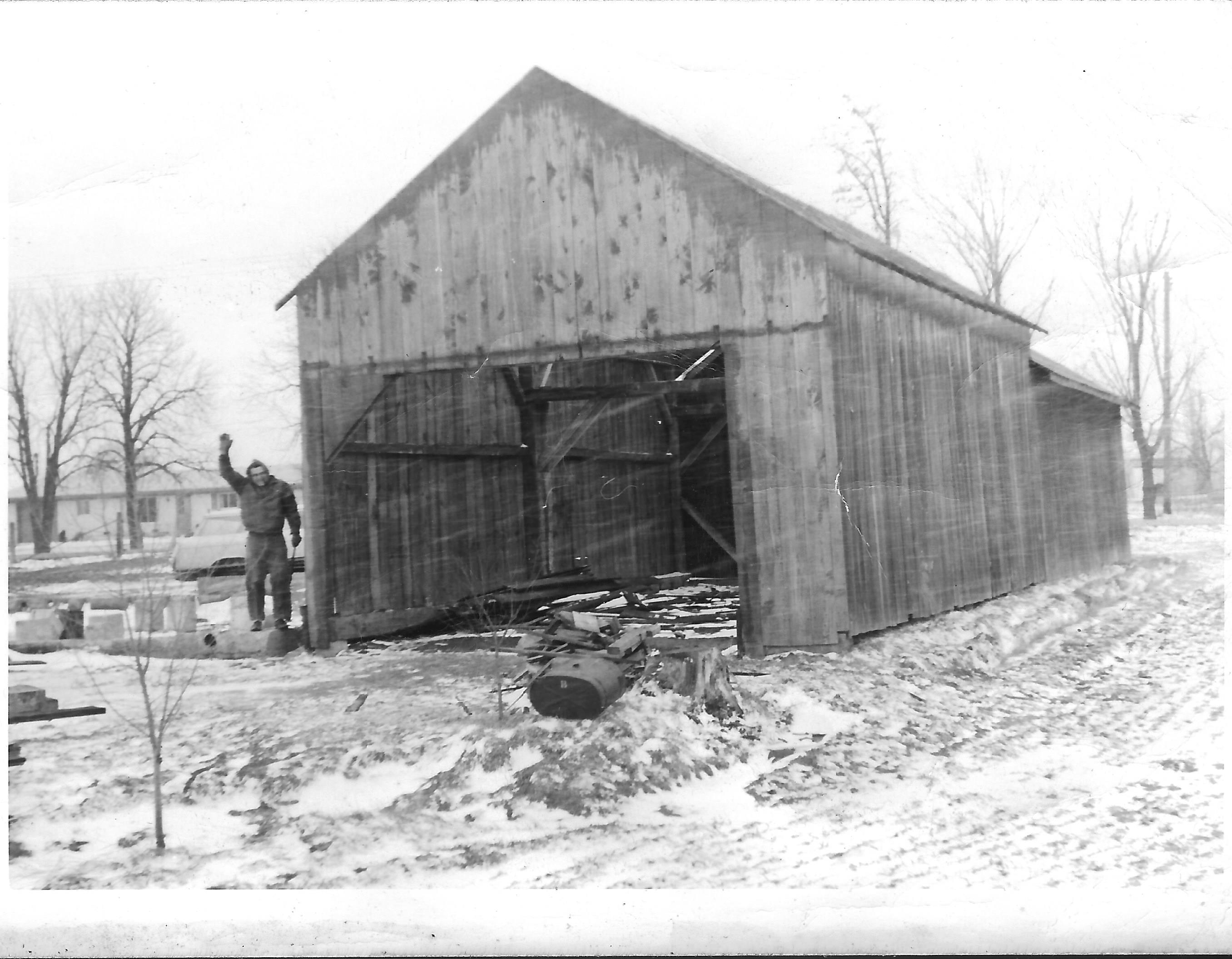


.JPG)
Michigan is graced with this wonderful species and its hybrids through southern and central Michigan. Here you find a wide array of fruiting types almost as if they were wild apples. I was growing many thousands of these seedlings at one point. Luckily it was before the wholesale companies began producing them and there was a strong market for the larger whips. I spent a lot of time in the parks on my knees picking up acorns. It was here I noticed the variations in fruiting. Near the end of growing in massive quantities, I kept a few seedlings which were very vigorous and also contained a strong central leader growth as well as even symmetrical branching. It did not always work, but eventually the trees began producing and it was obvious by the yield per crown size these were good selections for acorn production. These seven seedlings are now the ones I use to collect seeds and I no longer have to go to the park and collect. This is kind of a relief as 'park life' is not particularly idyllic as it sounds. But it was an excellent place to start.
This seed strain could be further refined to improve on acorn yields. The goal should be to find an acorn that drops free of the cap and is free of weevils. So far these appear to fit that category. Some however have enclosed caps. Further grow outs of this group, would provide heavier acorn production. Michigan's bur oak is kind of an in-between the midwestern and northeastern versions. Some of the seedlings I have are from the largest bur oak in the state of Michigan. These seedlings are not yet fruiting but did flower last year.
One or more of the cultivated selections will be named once harvest is completed and more is known on the yield and the variations found from year to year. For now, this strain will be offered from seed before releasing the variety as a named selection.
| Plant Specs |
| Genus & Species |
Quercus macrocarpa |
| Seed Source |
Michigan |
| Hardiness |
-30F |
| Height (ft) |
60-80 ft. with equal width. Some selections have narrower crowns. |
| Pollination Requirements |
Self fertile. Additional trees of the same line will cross along with other bur oaks and bur oak hybrids. |
| Soil |
Clay, loam or sand. Easy to grow in a variety of soils. |
| Climate |
Zone 4-9 Best in cold climates. |
| Ease of Cultivation |
One of the easiest trees to grow in a variety of climates and soils. This particular strain is good for its short season to ripen and ability to tolerate both extreme heat and cold. |
